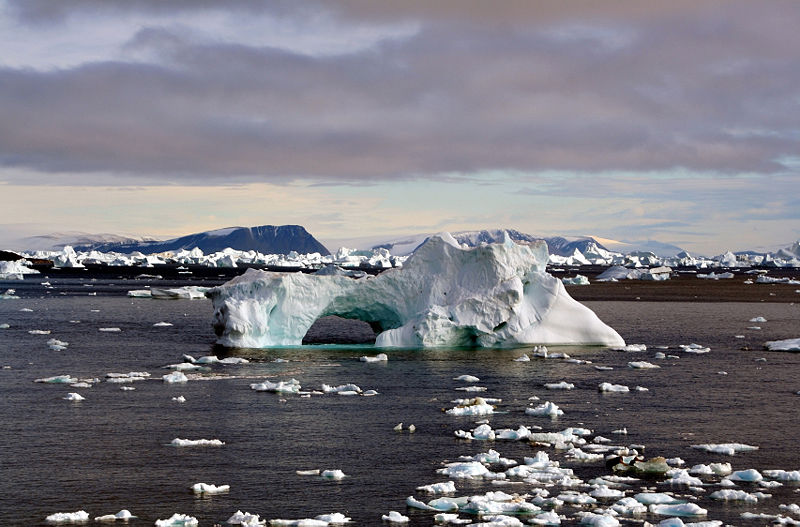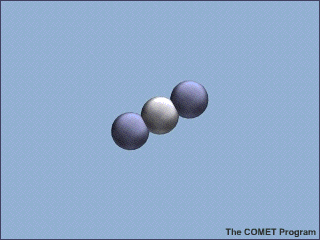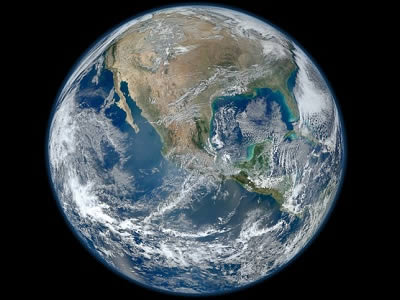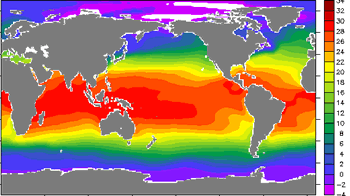
Mila Zinkova
Climate Change
When people talk about climate change, they mean changes in the average weather in a place or on the planet as a whole. When average temperature or precipitation in a place changes over a long term - say 30 years or more - we have evidence that climate is changing. A single big storm does not prove that climate is changing - not even a really warm summer or a really cold winter. Instead, we see evidence of climate change when long term average weather is different from before over decades.
You may have noticed yourself how quickly day-to-day weather can change. But climate can't change that quickly. When it comes to climate, the Sun, the greenhouse gases in the atmosphere, and the Earth's surface together control the overall climate on Earth. Because these things don't change fast, neither does climate. But climate can change over decades or longer if we change the gases in the atmosphere or the Earth's surface.
Plants and animals decide where they want to live based in part on the average weather there. So when long-term average weather changes, that can impact on plants and animals, too! In addition to temperature and rainfall, climate change can impact winds, ice, sea level, the temperature of the ocean and lakes, and where diseases occur. And all of these things can have big impacts on how we all live our lives.
Today, thousands of climate scientists around the world study how the Earth's climate is changing. Climate science is not new - over one hundred years ago scientists realized that humans could influence the Earth's climate through the growth of greenhouse gases in the atmosphere.
Most climate scientists agree that Earth's climate is changing. Climate models are an important tool which can be used to study how climate will change in the future, based on our consumption choices.














